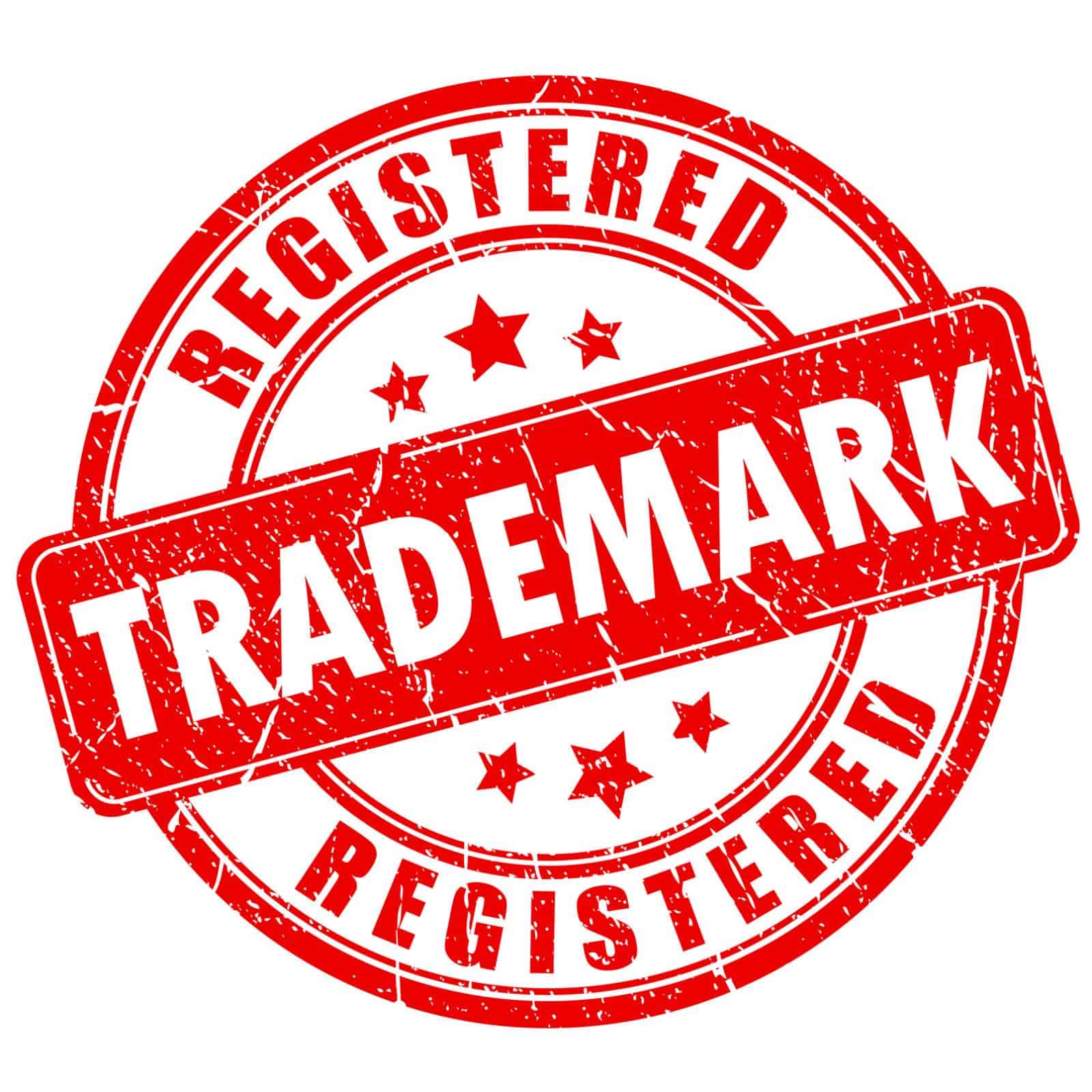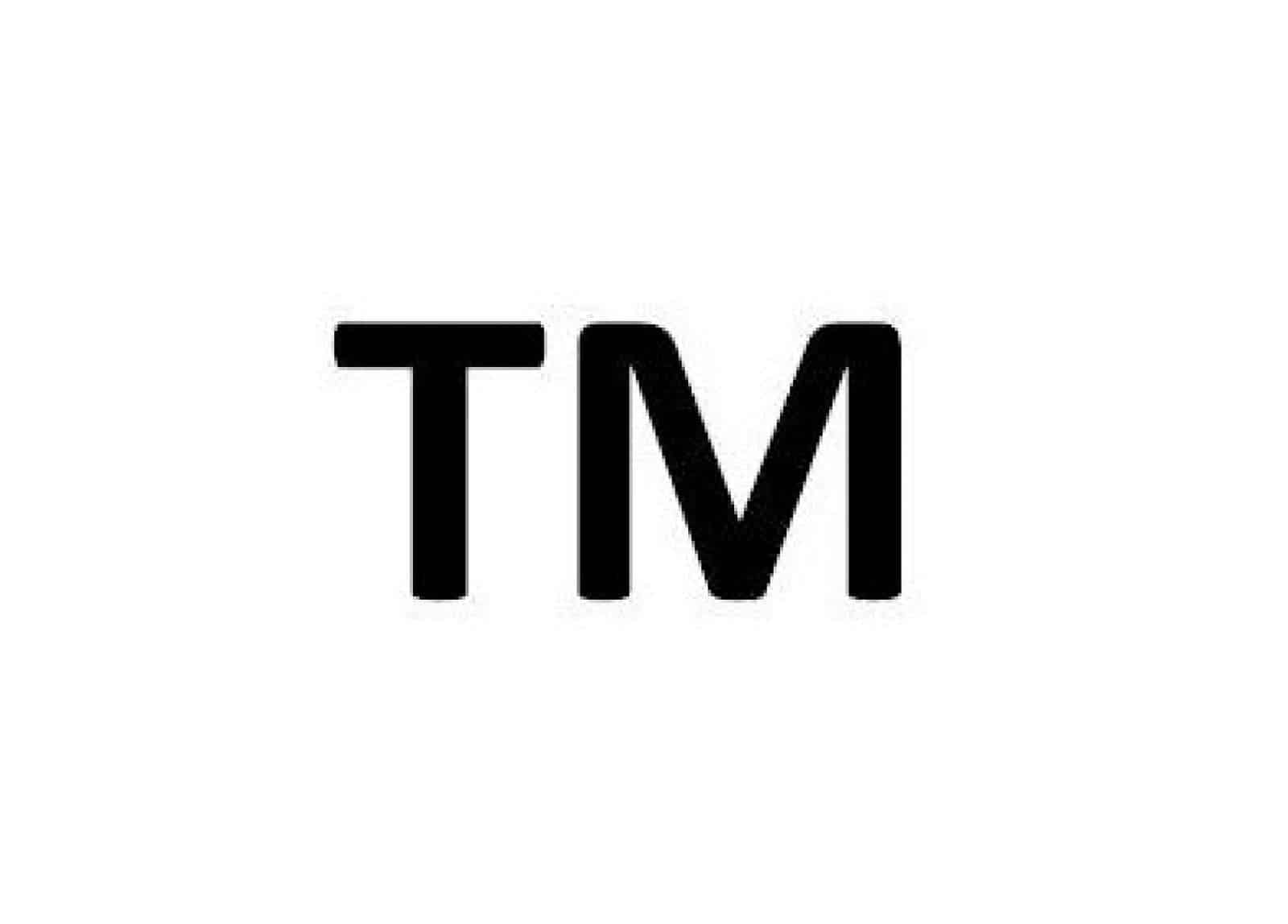In this age of technology, there is more and more of a focus on intellectual property rights. This is because intellectual property rights are often the most valuable portion of a technological company’s portfolio. But, for all companies, there may be considerations of intellectual property rights, such as protecting the company’s brand or protecting grandma’s secret family recipe.
When thinking of property rights, most people think of real property (your home or agricultural land) and personal property rights (your money and other personal possessions). But, there is a third property right – intellectual property. Generally, there are four different types of intellectual property rights. The most well-known are patents, copyrights, and trademarks. A few months ago, I wrote a post on the different types of trademark rights. One of the most commonly forgotten intellectual property rights is the right to trade secret information.
Patents, copyrights, and trademarks all can be federally protected by filing with the appropriate federal office. But, trade secrets are generally a creature of state law, though there is a model law that has gained widespread adoption. In South Dakota, these are protected by South Dakota’s adoption of the Uniform Trade Secrets Act.
In this post, I will highlight the different types of intellectual property rights, what they generally entail, and how they are protected. Of course, if you are seeking to protect your own intellectual property rights, you should consult a licensed attorney, such as the professionals of Lynn Jackson’s intellectual property practice group, who can guide you through the processes.
Patents
Patents are one of the best known intellectual property rights, and they generally cover inventions through what are known as utility patents. In order to receive a patent, you have to reveal how the invention was created and what it entails, and, in exchange, you are granted exclusivity for a number of years.
Patents are also one of the most complicated of the intellectual property rights, with very little common law protections and nearly all of the protections coming from statute – and only available if you file the patent application. Importantly, in 2013, the United States switched from a “first to invent” system to a “first to file” system – meaning that if you invent something before someone else, but they file their patent before you do, they will likely get the patent protection instead of you.
Patents are issued by the United States Patent and Trademark Office, and only specially licensed attorneys can actually file patent applications on your behalf or practice before the office.
Copyrights
Copyrights generally cover artistic works such as music, books, and paintings. Copyrights are premised on the belief that artistic works should be rewarded by precluding others from copying or reproducing the work without your permission for a number of years – after which point the copyright expires and the work goes into the “public domain” where anyone can copy or mimic it.
Copyrights are one of the most misunderstood intellectual property rights because copyrights are not absolute. Others are given a “fair use” of your copyrighted material, such as a radio station that wants to do a review of your new song or a newspaper that wants to do a summary of a new book. For copyrighted material that ends up on the internet, there are protections under the Digital Millennium Copyright Act (“DMCA”). Under the DMCA, you can send a “takedown notice” requesting that internet providers force the content down, though there are risks involved if you incorrectly determine whether the use was indeed fair.
Unlike patents, there are common law copyright protections. This means that just by writing the song or the book or painting the painting, you have rights in that image or work. However, the U.S. Copyright Office oversees registration of copyrights. The main reason for registering a copyright is that you are entitled to claim statutory damages and attorneys’ fees if someone is infringing your copyright.
Just as with patents and trademarks, if you are hoping to register your copyright, you should consult with a licensed attorney with experience in this area for more advice.
Trademarks
The last of the federal intellectual property rights are trademarks, which overlap with state trademark rights. Trademarks generally protect brands and logos. The key behind trademarks is that we don’t want someone to be confused that they are buying a Pepsi only to get a store brand that looked “confusingly similar.” This allows brands to protect their likeness and to make sure that consumers know what they are getting.
As I wrote about in February, there are different ways to register trademarks between federal registration and state registrations. With federal registrations, there is a presumption of national protection. With state registration, you only have protection in that state. But, importantly, there are also common law protections that protect your brand once you are using your name or logo.
Generally, if you are the only company in a region using your brand name or logo, you have common law trademark rights in the region where you are using that name or logo. However, this would not preclude another company in a different region or a different industry from using the same (or similar) name or logo. The key would be whether you are competitors and whether there is a chance that customers are confused.
The key for registering trademarks federally is that you get a presumption of national protection. Registration also opens the door to additional statutory damages and attorneys’ fees, as well, just like with copyrights. However, the issue with trademarks is not first to register, but first to use. So, even if you were to trademark AwesomeBrand™, if a company somewhere in the country was already using AwesomeBrand, you would not be entitled to trademark protections against that company in the area where they were using their trademark and had earned common law trademark protections.
As with patents, if you are hoping to file for a state or federally registered trademark, you should consult with a licensed attorney with experience in the field for more advice that is tailored to you.
Trade Secrets
The last of the intellectual property rights is one of the least known and least protected: trade secrets. Generally, trade secrets are defined in South Dakota as:
information, including a formula, pattern, compilation, program, device, method, technique, or process, that:
(i) Derives independent economic value, actual or potential, from not being generally known to, and not being readily ascertainable by proper means by, other persons who can obtain economic value from its disclosure or use; and
(ii) Is the subject of efforts that are reasonable under the circumstances to maintain its secrecy.
A great example of a trade secret is grandma’s secret recipe. A restaurant may become well known for a signature dish. Or, your brand may become known for that distinctive flavor. But, the only way to protect that information is through statutory trade secret protection or through non-disclosure agreements with your employees.
Imagine that you created Coke®. You have come up with what you think is the perfect recipe. You start to get success. And then, one of your employees who is mixing a batch, writes down the ingredients, leaves, and begins to compete with you. Under statutory regimes such as South Dakota’s adoption of the Uniform Trade Secrets Act, you would have protection and recourse under which to sue that former employee.
But, the problem with protecting trade secrets is that you have to be trying to protect your secret recipe, so to speak. If you were a restaurant and had your recipes posted on the wall, this would no longer be trade secret information. And, if someone were to reverse engineer your recipe, there is nothing that you can do to stop that.
One of the best ways to protect trade secrets is to get employees with access to this sensitive data to enter into non-disclosure agreements. A lot of companies go so far as to have employees sign non-compete agreements, which go into the realm of employment law, but a well-tailored non-disclosure agreement can adequately protect your company’s trade secrets and give extra strength to the argument that you were trying to keep your trade secrets just that – secret.
However, to understand if what you think is your secret ingredient is a trade secret that can be protected, you should consult with a licensed attorney experienced in this area.




